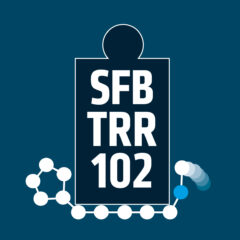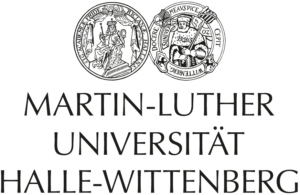Amyloid peptide aggregation near gold interfaces and membranes
The aggregation of peptides into amyloid fibrils, desired or undesired, plays an important role in biological systems. Amyloid-forming peptides are soluble in its native state and aggregate under certain circumstances via intermediates to insoluble fibrils with characteristic cross-β-sheet structure. This aggregation is believed to be connected with several neurodegenerative disorders such as Alzheimer’s disease (AD). However, it is not yet clear if the oligomeric intermediates or the mature fibrils are the toxic species or if amyloid fibrils are just a side product in the development of these diseases.
The role of interfaces for the aggregation of amyloid peptides is addressed in this study. The goal is to understand if and how nanoparticles, present in a range of cosmetics, and biological membranes influence the peptide aggregation mechanisms. Experimental studies and extensive molecular dynamics simulations (MD) present an accelerated fibril formation by gold nanoparticles. The peptide monomers bind to the gold surface with their positively charged N-terminus. Further studies using the antimicrobial peptide uperin 3.5 suggest that the membrane activity of the peptide is independent of the peptide’s aggregation state. Peptide mutations were studied and present relationships between the amyloidogenic and antimicrobial properties of the peptide.
Location: UL, Linnéstraße 5, SR 225 Time: 3.30pm





One thought on “Talk by T. John at UL (June 13, 2017)”